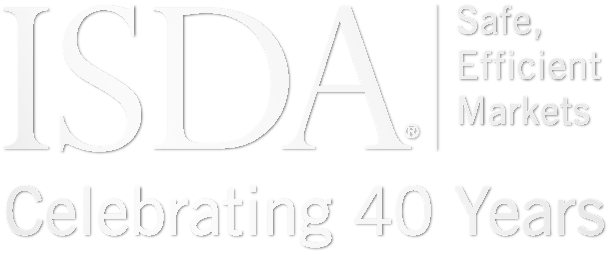The crypto-assets market grew by three-and-a-half times in 2021 compared to 2020, to almost $3 trillion as of November 2021. Despite a reduction in recent months, this market is increasingly attracting interest from institutional investors, banks and policymakers. There is a growing number of new entrants into the crypto-assets market. This rapid growth has been accompanied by strong interest in crypto derivatives, as market participants increasingly look for ways to take synthetic exposure to crypto assets or to protect their crypto-asset holdings from adverse market risk. As in any market, derivatives play a vital role in enabling participants to manage risks, deepen liquidity and broaden market access.
The Basel Committee on Banking Supervision (BCBS) has made proposals for the prudential treatment of banks’ crypto-asset exposures that, if implemented, would lead to particularly punitive capital requirements for banks holding some types of crypto assets and disincentivize traditional financial intermediaries from playing an active role in crypto markets. ISDA believes an appropriate, risk-sensitive capital framework for crypto assets is essential, as set out in its response to the BCBS consultation. This would provide a suitable framework to allow banks to meet customer demand while ensuring capital levels are proportionate to the underlying risks.
ISDA has developed a new whitepaper, Crypto-asset Risks and Hedging Analysis, which demonstrates that hedging the most liquid crypto assets for which there is a two-way market, so-called Group 2a crypto assets, with their respective futures or exchange-traded funds (ETFs), is effective. The paper also demonstrates that the basis risk profile of Group 2a crypto-asset futures is comparable with that of existing financial assets. The capital treatment should therefore allow for offsetting for a given Group 2a crypto asset and its futures and ETFs.
The hedge effectiveness results set out in this paper have been separately updated by ISDA to include data from April and May 2022, which shows that despite recent crypto-asset market volatility, hedging remains highly effective.
Documents (1) for Crypto-asset Risks and Hedging Analysis
Latest
Response to Voluntary Carbon Markets Consultation
On July 10, ISDA responded to the UK government’s consultation on voluntary carbon and nature markets. The UK should continue to play a leading role in promoting the consistent legal treatment of carbon credits internationally, with the development of global...
ISDA Response – ROC Consultation on Revised CDE Version 4
The International Swaps and Derivatives Association, Inc. (ISDA) response to the Regulatory Oversight Committee (ROC) consultation on the harmonisation of critical OTC derivatives data elements (CDE) revised CDE Technical Guidance – version 4, submitted to the ROC on January 24,...
ISDA response to ESMA MiFIR Review Consultation
On July 11, ISDA submitted a response to the European Securities and Markets Authority's (ESMA) fourth package of Level 2 consultation under the Markets in Financial Instruments Regulation Review (MiFIR), on transparency for derivatives, package orders and input/output data for...
Canadian Transaction Reporting Party Requirements
These Reporting Party Requirements establish the hierarchy and tie-breaker logic to determine a single reporting counterparty for Canadian provincial reporting. By leveraging the existing reporting party standard established for reporting to the CFTC, in most cases these rules facilitate submission...



